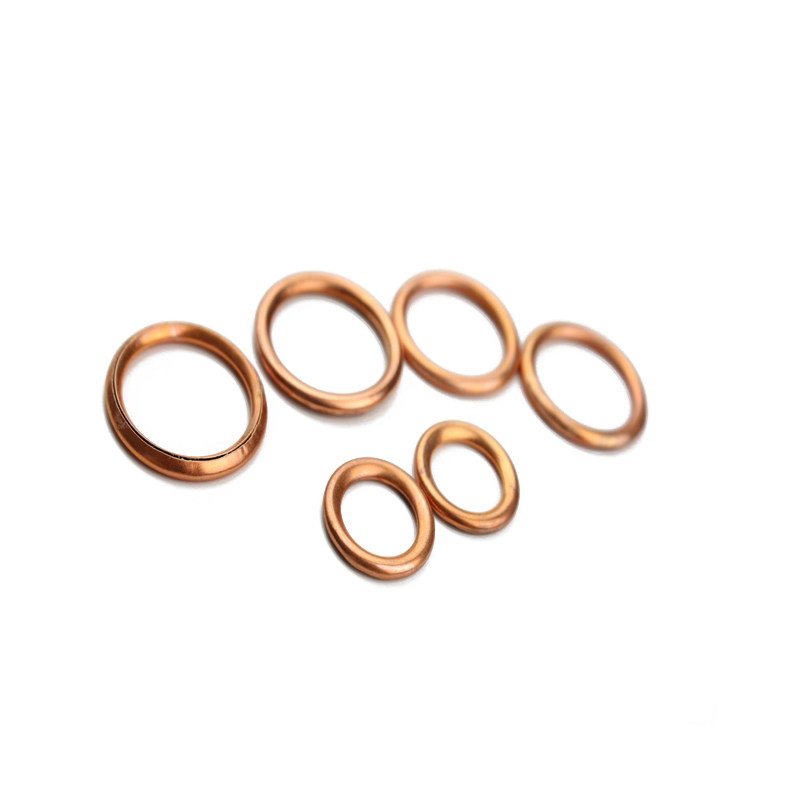Understanding the Importance of Crankshaft Pulley Seals for Engine Performance and Efficiency
Understanding the Crankshaft Pulley Seal Importance and Maintenance
The crankshaft pulley seal, often overlooked in discussions about engine maintenance, plays a critical role in ensuring the longevity and efficiency of an engine. This small yet vital component is designed to prevent oil leaks and maintain the integrity of the engine's lubrication system. In this article, we will delve into the function, importance, and maintenance of the crankshaft pulley seal.
What is the Crankshaft Pulley Seal?
The crankshaft pulley seal is located at the front of the engine, where the crankshaft rotates and moves power to various engine accessories. This seal is installed between the crankshaft and the pulley, which drives various components like the alternator, power steering pump, and air conditioning compressor. The primary function of the crankshaft pulley seal is to prevent oil from escaping the engine during operation, thereby preserving the optimal functioning of the engine and avoiding environmental contamination.
Importance of the Crankshaft Pulley Seal
1. Preventing Oil Leaks One of the most significant roles of the crankshaft pulley seal is to keep the engine oil contained within the crankcase. Oil leaks can lead to a drop in oil levels, resulting in inadequate lubrication of engine components, which can cause severe engine wear and tear.
2. Maintaining Engine Efficiency A functional crankshaft pulley seal ensures that the engine operates efficiently. Oil leaks can lead to the engine running low on oil, which can cause overheating and ultimately lead to engine failure. By maintaining the correct oil levels, the seal helps keep the engine running smoothly.
3. Environmental Protection Fluid leaks from an engine can contribute to environmental pollution. The crankshaft pulley seal helps to contain the oil, minimizing the risk of harm to the environment from spills and leaks.
4. Reducing Maintenance Costs By preventing oil leaks, the crankshaft pulley seal can save vehicle owners from costly repairs associated with engine damage or more extensive leaks. Regular maintenance of this seal can be a cost-effective way to enhance the longevity of the engine.
crankshaft pulley seal

Maintenance of the Crankshaft Pulley Seal
Proper maintenance of the crankshaft pulley seal is essential to ensure its effectiveness and prevent premature failure. Here are some maintenance tips
1. Regular Inspections During routine oil changes or engine checks, inspect the crankshaft pulley seal for any signs of wear, such as cracks or signs of leaking oil. Catching potential issues early can save you from more significant problems down the line.
2. Oil Changes Regular oil changes not only keep your engine lubricated but can also help prolong the life of the crankshaft pulley seal. Fresh oil reduces friction and heat, lessening the wear on engine components, including the seal.
3. Monitor Oil Levels Keep an eye on oil levels and the condition of the oil. If you notice a rapid drop in oil levels or changes in oil color or consistency, it may indicate a problem with the crankshaft pulley seal or other engine components.
4. Consult Professionals If you suspect that your crankshaft pulley seal is malfunctioning, it’s best to consult with a qualified mechanic. They can perform a thorough diagnostic check to determine the integrity of the seal and its surrounding components.
Conclusion
In conclusion, the crankshaft pulley seal is a small yet crucial component that affects the overall health and performance of your vehicle's engine. Regular inspections and maintenance can ensure that this seal functions effectively, preventing oil leaks, maintaining engine efficiency, and ultimately saving you money on repairs. By understanding the importance of this component, vehicle owners can take proactive steps to ensure their engine operates at its best for years to come.
-
Understanding Automotive Oil Seals: Essential Components for Engine and Shaft Protection
News Jul.30,2025
-
The Importance of Heavy Duty Seals in Industrial and Residential Applications
News Jul.30,2025
-
Exploring Industrial Oil Seals: From Felt Oil Seals to TTO and CFW Solutions
News Jul.30,2025
-
Essential Guide to Oil Seals: From Radial to Metal-Cased Seals for Industrial Reliability
News Jul.30,2025
-
Choosing the Right Oil Seals and Gaskets for Industrial and Automotive Applications
News Jul.30,2025
-
Cassette Seals: Durable Sealing Solutions for Harsh Environments
News Jul.30,2025
-
Understanding the Front Main Engine Seal: Purpose, Maintenance, and Installation
News Jul.29,2025
Products categories















